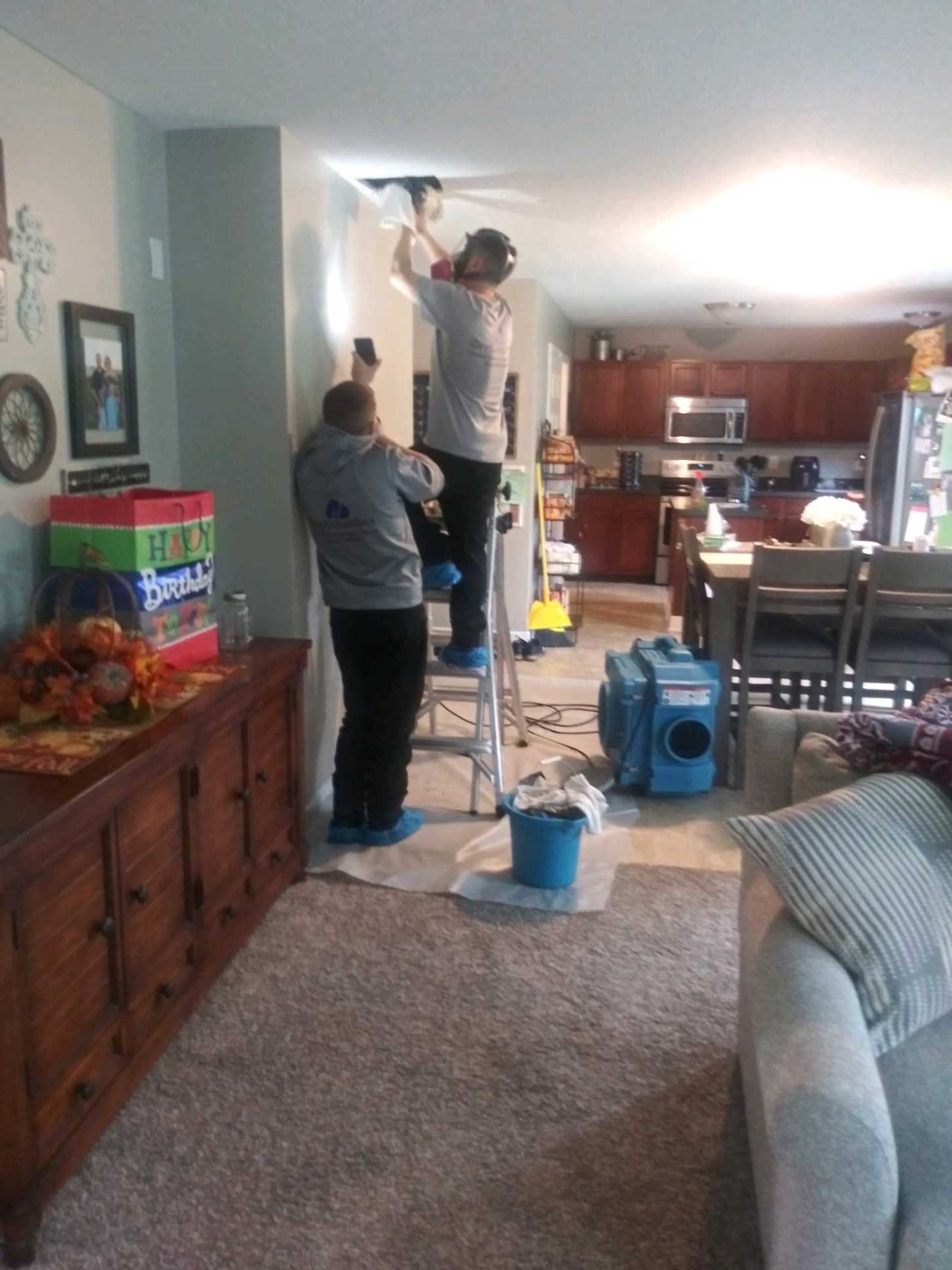Is there always mold with water damage?
If you've ever had a flood, then you're probably aware of the risks of mold. Even if the damage seems small, mold can cause serious health problems, including fever and difficulty breathing. To avoid these problems, you should always take measures to dry out your home after water damage. Here are some tips for drying out water damaged areas and preventing mold growth. Before attempting to dry out your home, it's important to contact a restoration company.
First, be aware of the three factors that mold needs to grow. These factors include food, moisture, and space. If you have a water damage problem, there is a strong chance that mold will grow. Additionally, mold colonies can be either concentrated or dispersed throughout the home. Even if you don't notice any mold growth, water stains can be an indication of a water problem. Water damage can hide within walls, under floors, and even in ceilings, so you might not even notice a leak until it grows to a sizeable size.
In the meantime, you can begin the process of cleaning and drying your home. This will remove excess moisture from the air. This will prevent mold from growing in your home. The process of cleaning is also important. Make sure to get rid of any soaked carpeting, rugs, or mattresses. Remember to take pictures of the damage to provide evidence for your insurance company. The insurance company will likely pay for a water damage restoration service. To be safe, hire a professional to check for leaks or insulation.

